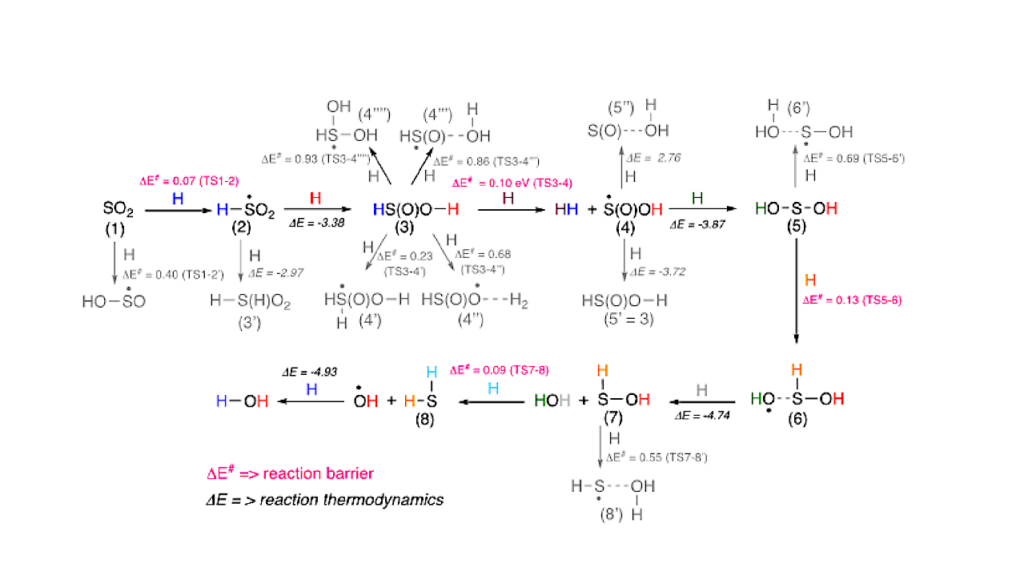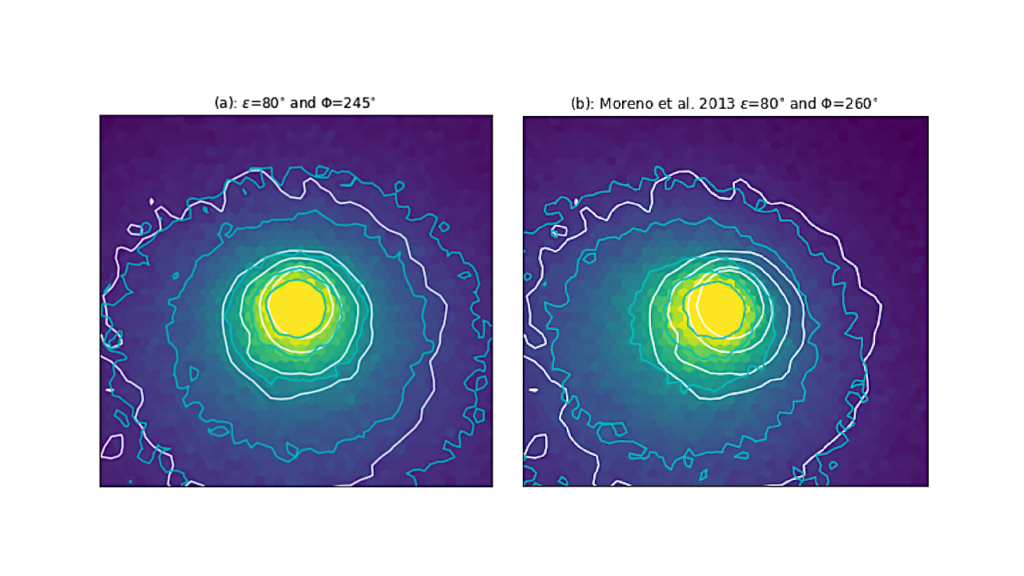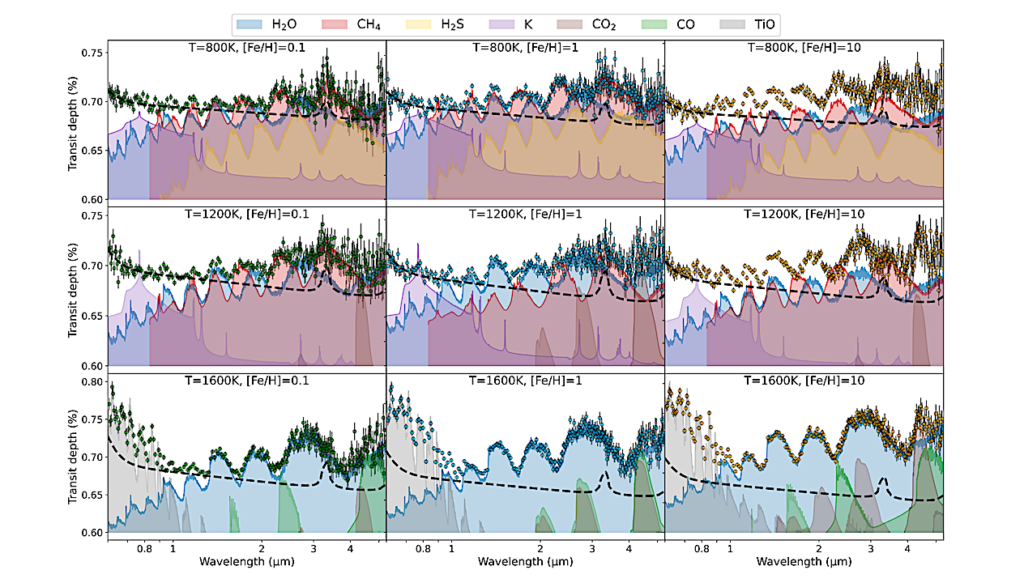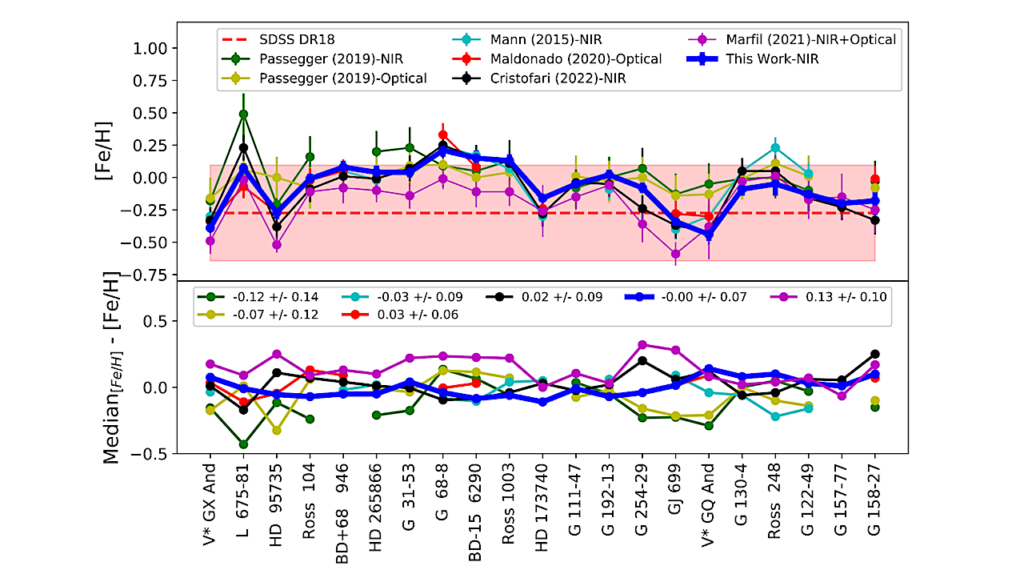Hydrogen Emission From Meteors And Meteorites: Mapping Traces Of H2O Molecules And Organic Compounds In Small Solar System Bodies

The hydrogen emission from meteors is assumed to originate mainly from the meteoroid composition, making it a potential tracer of H2O molecules and organic compounds.
Hα line was previously detected in individual fireballs, but its variation in a larger meteor dataset and dependency on the dynamical origin and physical properties have not yet been studied. Here we investigate the relative intensity of Hα within 304 meteor spectra observed by the AMOS network. We demonstrate that Hα emission is favored in faster meteors (vi>> 30 km s−1) which form the high-temperature spectral component. Hα was found to be a characteristic spectral feature of cometary meteoroids with ∼ 92\% of all meteoroids with detected Hα originating from Halley-type and long-period orbits. Our results suggest that hydrogen is being depleted from meteoroids with lower perihelion distances (q < 0.4 au). No asteroidal meteoroids with detected H emission were found.
However, using spectral data from simulated ablation of different meteorite types, we show that H emission from asteroidal materials can occur, and apparently correlates with their water and organic matter content. Strongest H emission was detected from carbonaceous chondrites (CM and CV) and achondrites (ureilite and aubrite), while it was lacking in most ordinary chondrites. The detection of Hα in asteroidal meteoroids could be used to identify meteoroids of carbonaceous or achondritic composition. Overall, our results suggest that Hα emission correlates with the emission of other volatiles (Na and CN) and presents a suitable tracer of water and organic matter in meteoroids.
Pavol Matlovič, Adriana Pisarčíková, Juraj Tóth, Pavel Mach, Peter Čermák, Stefan Loehle, Leonard Kornoš, Ludovic Ferrière, Jiří Šilha, David Leiser, Ranjith Ravichandran
Subjects: Earth and Planetary Astrophysics (astro-ph.EP); Geophysics (physics.geo-ph)
Cite as: arXiv:2205.00813 [astro-ph.EP] (or arXiv:2205.00813v1 [astro-ph.EP] for this version)
Related DOI:
https://doi.org/10.1093/mnras/stac927
Focus to learn more
Submission history
From: Pavol Matlovič
[v1] Mon, 2 May 2022 11:19:30 UTC (848 KB)
https://arxiv.org/abs/2205.00813
Astrobiology








